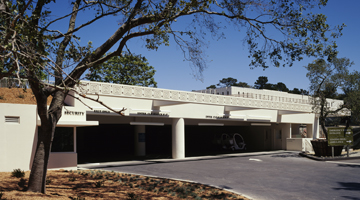"The book" to read for planning, designing, financing, building, and operating parking structure best practices. Expert practitioners, such as Watry Design's own David LoCoco and John Purinton, provide insights and solid how-to information on zoning requirements, automated structures, spacing geometrics, drainage and ventilation systems, security considerations and much more. The book is a joint endeavor written by Parking Consultants Council of the National Parking Association & the Urban Land Institute and published by ULI.
Published by Urban Land Institute
Buy this book on: Urban Land Institute




